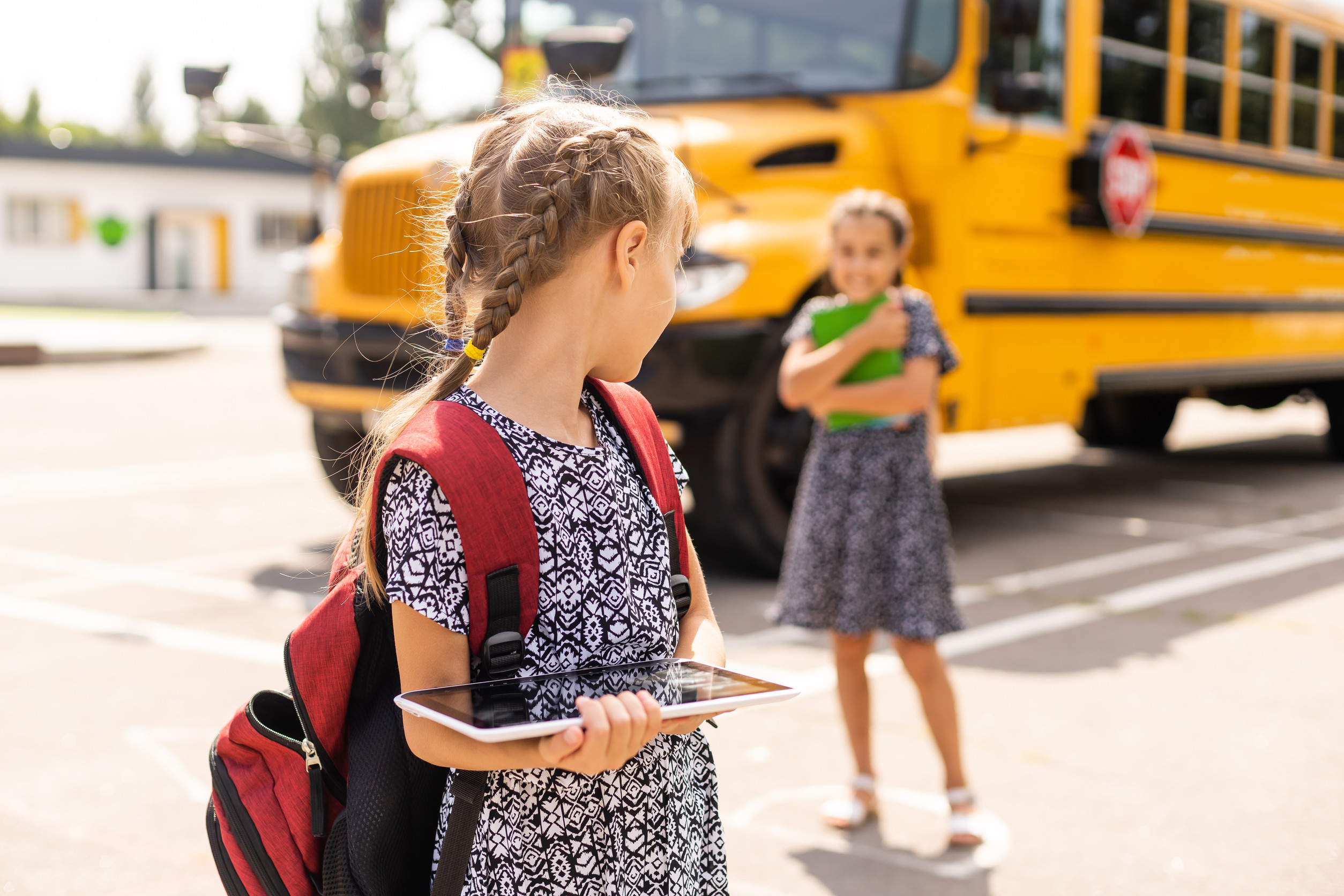Every year, millions of students walk through the doors of America’s schools expecting a safe, fair, and lawful education. Yet, behind the bulletin boards and standardized test scores, some schools are quietly crossing lines set by the federal government. These breaches range from discriminatory practices to financial mismanagement and unsafe environments.
While many educators work tirelessly to uphold the law, systemic gaps, lack of oversight, and negligence still push schools to violate important federal standards. Understanding these violations is the first step toward demanding better for students across the country.
1. Discrimination Against Students with Disabilities
One glaring violation occurs when schools fail to provide appropriate support for students with disabilities. The Individuals with Disabilities Education Act (IDEA) mandates that schools must create tailored educational plans and accommodations. Yet, investigations reveal students often go without necessary aides, services, or modifications to their curriculum. Denying these rights leaves vulnerable students struggling academically and emotionally, which is exactly what federal guidelines were designed to prevent. This failure is not only illegal but deeply damaging to the promise of equal education.
2. Ignoring Title IX in Sexual Harassment Cases
Another widespread violation involves mishandling reports of sexual harassment or assault. Title IX requires schools to investigate complaints promptly and protect victims from retaliation or continued harm. Unfortunately, some institutions discourage victims from coming forward or fail to take reports seriously. This negligence allows hostile environments to persist, making students feel unsafe on their own campuses. By ignoring Title IX obligations, schools put both students’ well-being and their federal funding at risk.
3. Misusing Federal Funds
Federal funding is a lifeline for many public schools, yet some misuse these crucial resources. Funds meant for low-income student programs, special education, or meal assistance are sometimes diverted for unrelated expenses. This misallocation violates clear federal spending rules that dictate how taxpayer money must be used. When funds are misused, the students who most need support are the ones who suffer the consequences. Such financial mismanagement undermines public trust and deprives students of essential services.
4. Failing to Address Racial Disparities in Discipline
Federal guidelines warn against discriminatory disciplinary practices that unfairly target students of color. Studies consistently show that Black and Hispanic students face harsher punishments than their white peers for similar infractions. This disparity violates civil rights protections and perpetuates the so-called school-to-prison pipeline. Schools that fail to reform biased disciplinary practices ignore federal directives and deepen long-standing inequities. Holding districts accountable for fair treatment is crucial to closing these harmful gaps.
5. Denying Equal Access to Advanced Courses
Gifted and Advanced Placement (AP) programs are often touted as pathways to college readiness, yet not all students have equal access. Federal rules demand that schools cannot discriminate based on race, disability, or economic status when placing students in higher-level courses. Despite this, some schools subtly gatekeep these opportunities through biased testing or subjective teacher recommendations. This keeps marginalized students from reaping the benefits of advanced coursework and higher college acceptance rates. Such inequity flies in the face of federal guarantees of equal educational opportunity.
6. Ignoring Bullying and Harassment Complaints
Federal civil rights laws require schools to address harassment that targets students based on race, religion, gender, or disability. However, reports frequently show that schools downplay or dismiss bullying complaints. When administrators fail to act, targeted students endure environments that are hostile and unsafe. This negligence not only breaks federal anti-discrimination laws but also erodes trust between families and schools. Protecting students means more than slogans; it demands consistent action and accountability.
7. Overlooking Unsafe Building Conditions
Lastly, physical safety is another area where schools sometimes fall short of federal standards. Laws like the Occupational Safety and Health Act and Environmental Protection Agency rules set clear requirements for school facilities. Yet, stories emerge of mold-infested classrooms, broken heating systems, or unsafe drinking water that go unaddressed. These unsafe conditions violate federal health and safety guidelines and put students and staff at risk every day. Proper oversight and maintenance are non-negotiable for providing a safe place to learn.
What Is Your School Doing For Students?
America’s schools are meant to be sanctuaries of learning and growth, but when they ignore federal guidelines, they fail the very children they pledge to serve. These seven examples expose how rules meant to protect students are sometimes bent or outright broken. Holding schools accountable is not about punishment alone—it is about ensuring fairness, safety, and equal opportunity for every child.
Communities, parents, and policymakers must demand that schools meet the standards required by law. Share thoughts below on whether enough is being done to keep schools compliant and students protected.
Read More
9 Public School Lessons That Would Be Illegal in Some States
10 Fake Rental Listings That Are Ripping Off College Students


